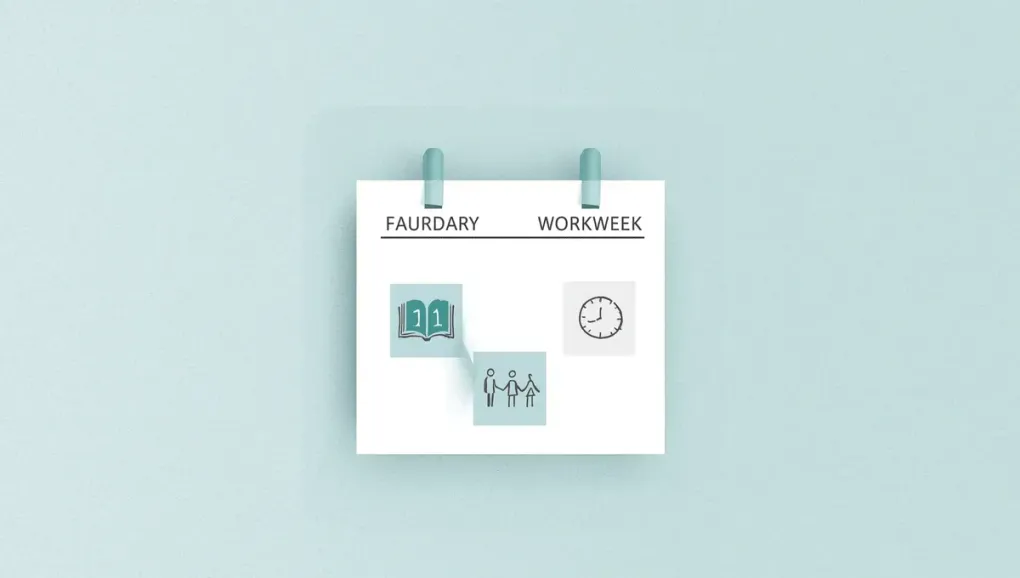
The Four-Day Workweek: Fad or Future? A Data-Driven Analysis
The Dream of a Shorter Week
For nearly a century, the five-day, 40-hour workweek has been the unquestioned standard for most of the industrialized world. But in the wake of a global pandemic that has fundamentally reshaped our relationship with work, a new and tantalizing possibility is gaining mainstream attention: the four-day workweek.
The idea is simple: work less, but get the same amount, if not more, done. Proponents argue that a shorter workweek can lead to increased productivity, improved employee well-being, and a more sustainable and equitable future of work. But is it a realistic goal for the masses, or just a utopian fantasy for a privileged few?
The Two Flavors of the Four-Day Week
It’s important to distinguish between the two main models of the four-day workweek:
-
The Compressed Model: This approach involves cramming 40 hours of work into four 10-hour days. While it offers the allure of a three-day weekend, it can also lead to longer, more stressful workdays and may not be feasible for everyone, especially parents and caregivers.
-
The Reduced Model: This is the model that is generating the most excitement. Often referred to as the “100-80-100” model, it involves working 80% of the hours (typically 32 hours over four days) for 100% of the pay, while maintaining 100% of the productivity. This is the model that is being tested in most of the high-profile pilot programs around the world.
The Data is In: The Benefits are Real
The results from the numerous four-day workweek trials that have been conducted in recent years are remarkably consistent and overwhelmingly positive.
-
For Employees: The benefits are clear and profound. Workers report lower levels of stress, burnout, and fatigue. They have more time for family, friends, hobbies, and personal development. They are happier, healthier, and more engaged with their work.
-
For Employers: The business case for the four-day workweek is surprisingly strong. Companies that have made the switch have seen increases in productivity, improvements in employee retention and recruitment, and reductions in costs associated with sick days and employee turnover. Many companies have also reported an increase in revenue and profitability.
The Challenges and Caveats
Despite the promising results, the four-day workweek is not a silver bullet. There are several challenges and caveats to consider:
-
Industry and Role Specificity: The four-day workweek is not equally applicable to all industries and roles. It can be particularly challenging to implement in sectors that require 24/7 coverage, such as healthcare and emergency services.
-
The Risk of Increased Intensity: There is a risk that a shorter workweek could lead to increased work intensity, as employees feel pressured to cram the same amount of work into fewer hours. This could negate some of the well-being benefits.
-
The Need for a Mindset Shift: A successful transition to a four-day workweek requires more than just a change in schedule; it requires a fundamental shift in mindset. Companies need to focus on outcomes rather than hours, and employees need to be empowered to work more efficiently and effectively.
Fad or Future? The Verdict
So, is the four-day workweek a fad or the future? The evidence suggests that it is very much the future. The benefits for both employees and employers are too significant to ignore. And as technology, particularly AI, continues to automate many of the tasks that currently fill our workdays, the case for a shorter workweek will only become stronger.
The transition will not be easy, and it will not happen overnight. But the conversation has started, the data is coming in, and the momentum is building. The five-day workweek is a relic of a bygone era. The future of work is shorter, smarter, and more human.


